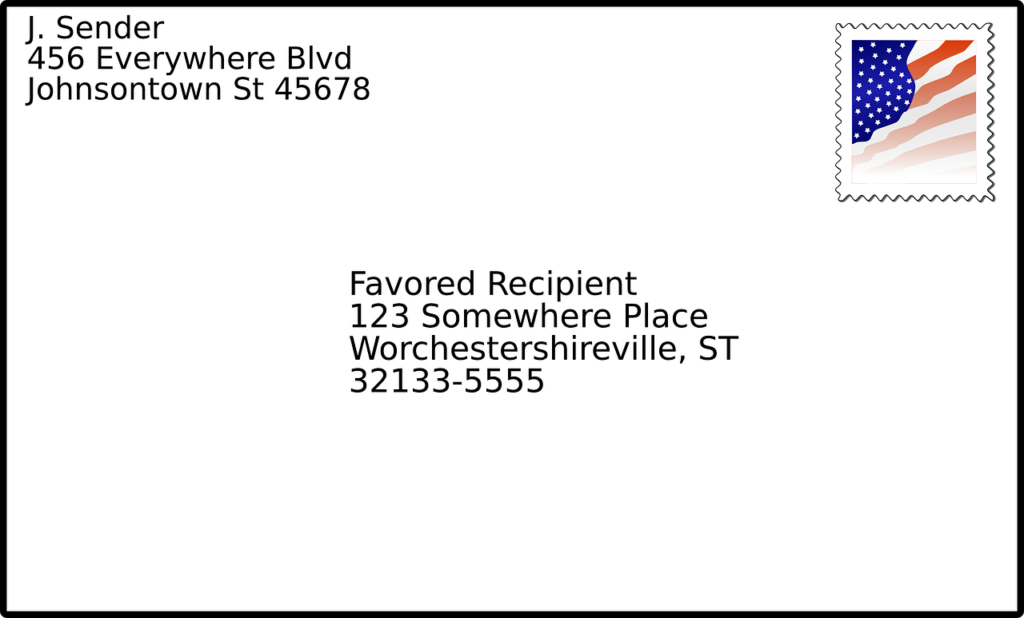
Link Local Address
All IPv6 enabled interfaces have a link-local address. This is in addition to any other address they may have, like a global unicast address. It’s normal for an interface to have several IPv6 addresses.
Link-local addresses are used in the local network segment only. This is called the ‘link’ in IPv6 terms. They’re used for communication with other devices in the same link. This includes things like discovering routers and neighbours, sending OSPF messages, and things like this.
Link-local addresses all start with fe80 and are 64-bits long.
Typically, link-local addresses are assigned with EUI-64. This is a process where the prefix is already decided, and the host portion of the address needs to be generated. Some operating systems, such as Windows, use a completely different process.
These addresses can also be configured manually, but this shouldn’t be needed in most cases. One major goal of IPv6 is to be simpler and more dynamic when it comes to allocating and configuring addresses.